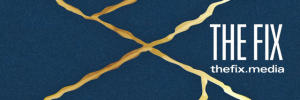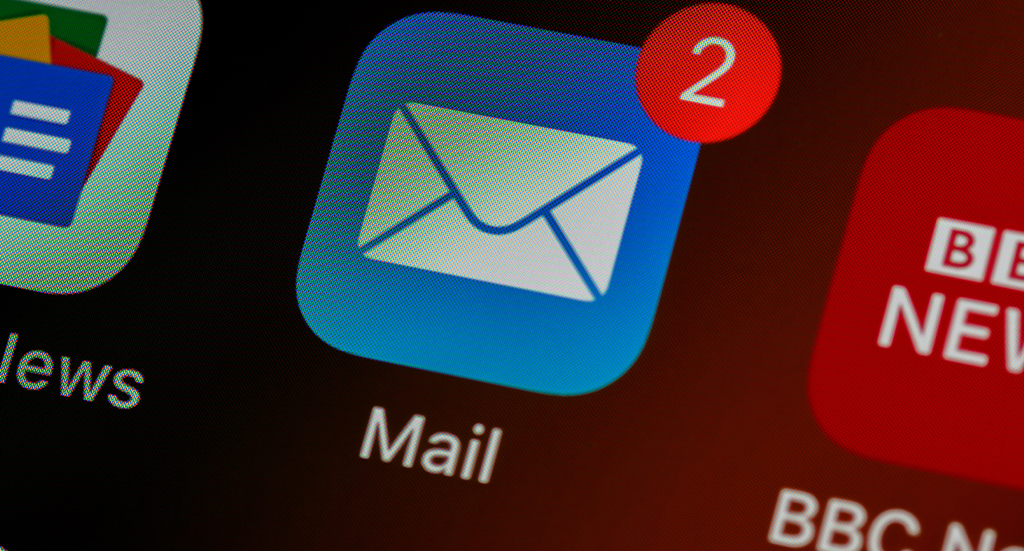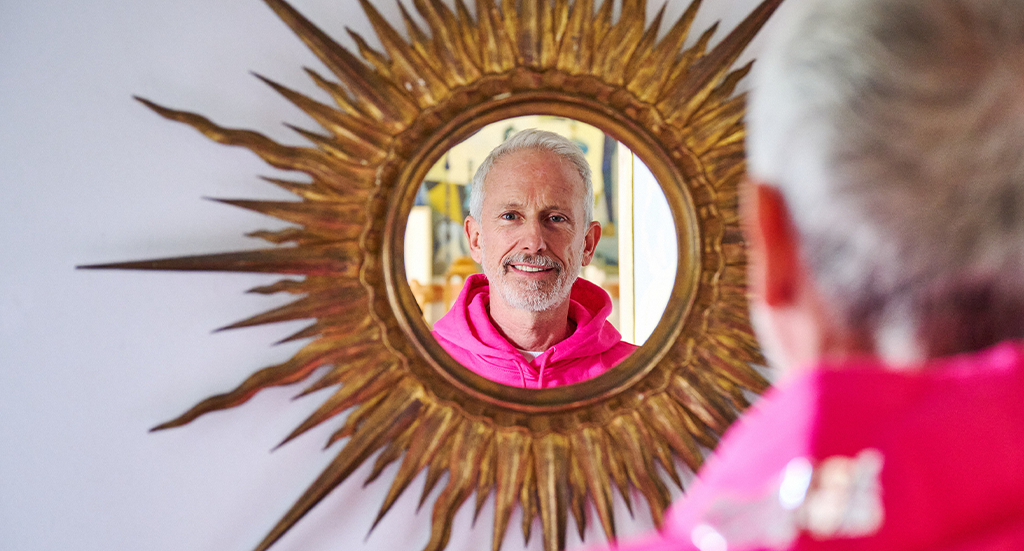Global Media Insights Column
Creator Economy: The empire does not strike back after all
Creator Economy: The empire does not strike back after all

“Today we can announce that there are more than 1 million paid subscriptions to publications on our platform,” Substack reported early last week (see Substack). This compares to 250,000 paid subscribers in December 2020. With this announcement, Substack marks a new and important milestone on the way to the Creator Economy. On the US online platform founded in 2017, journalists and authors can offer online newsletters and other content within a subscription. Substack provides all the IT functions, bills the paid subscriptions and handles the invoicing.
Authors can concentrate entirely on the creation of content and on marketing. Authors do not incur any costs; they only pay 10 per cent of the revenues generated via Substack to the platform. If no revenues are generated, the authors do not incur any costs. The minimum price for a subscription is 5 dollars a month or 30 dollars a year. Substack now turns over 30 to 35 million dollars a year.

High-profile authors such as Casey Newton, who has been running the wide-reaching newsletter Platformer for a year and a half and was previously an editor at TheVerge and CNET, publish on Substack. Some do it by choice, because they were planning to publish on their own and publish newsletters anyway. Others came to the platform because they were fed up with the traditional structures of the big media and the toxic atmosphere there.
A few – and it has to be said – came to Substack because they had been fired by their publishers (digital transformation, Covid crisis) and were looking for a new perspective. All in all, a brain drain for many editorial offices. The trade service Digiday reported at the time: “How Substack has spawned a new class of newsletter entrepreneurs” (see Digiday). Two days later, last Wednesday, the US information service Axios reported: “Big media strike back at Substack. The Substack scare is over for media companies.” (see Substack). What was meant was the fact that in recent months a number of traditional media outlets, such as The Atlantic and the New York Times, have launched similar offerings.

Matt Taibbi, journalist and writer at Rolling Stone, then commented late last week in his newsletter “TK News” published at Substack (see TK News) that the article had referred to a recent Vanity Fair article titled “A Good Newsletter Exit Strategy Is Hard to Find” which described “how some writers who had come to platforms like Substack had run into unexpected logistical problems, like wrestling with how to quit, and returned to traditional media jobs.” Vanity Fair’s conclusion: 2020 had indeed been the “summer of Substack” – but that’s over now (see Vanity Fair).
The idea, writes Matt Taibbi, that Substack is or was a “threat” to traditional media is a testament to the comical inability of these organisations to understand cause and effect. Instead of strengthening their own writers, traditional media would have sought the solution in ever new formal solutions like listicles, bullet formats and other gimmicks. If they really wanted to do something about Substack, Taibbi says, “they could of course just publish a New York Times that is less bad. But in a million years, that won’t occur to them.”
Olaf Deininger – Founder of The Fix Germany

Other current topics on The Fix
Very short or very long – the evolving audio landscape: If podcasts are mainstream then short audio briefings, audio articles and audiobooks are the next logical steps for publishers already embracing the digital audio revolution (see link)
Perks of Pinterest for publishers: The platform is already bigger than Twitter and doesn’t seem to stop growing (see link)
10 Tips for media to get into AI: Key strategies for publishers to leverage AI and advance their newsrooms (see link)






Join our Community